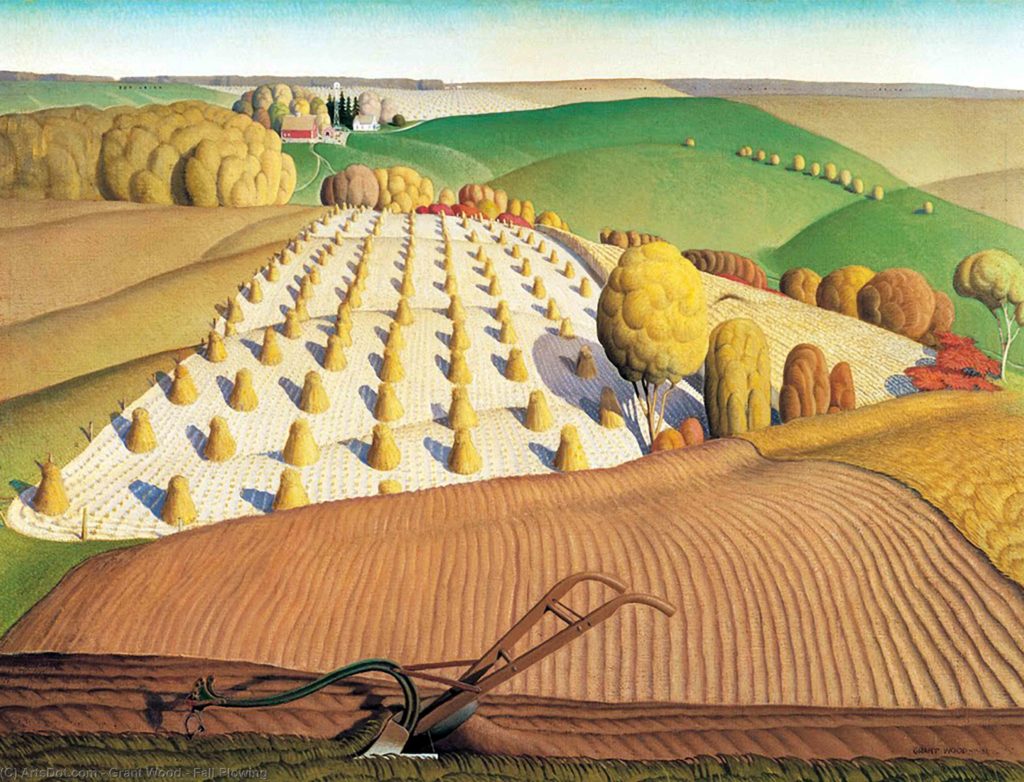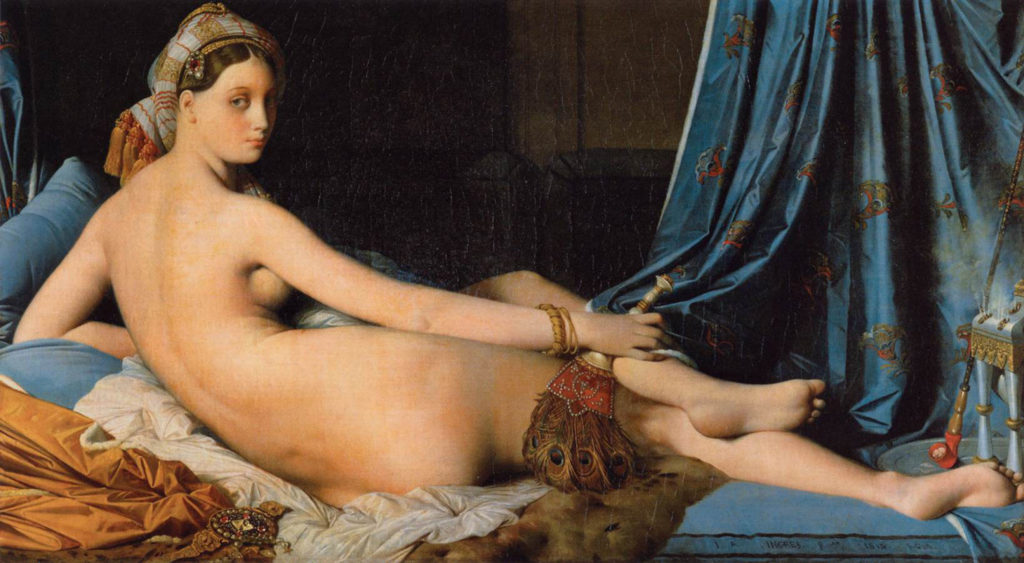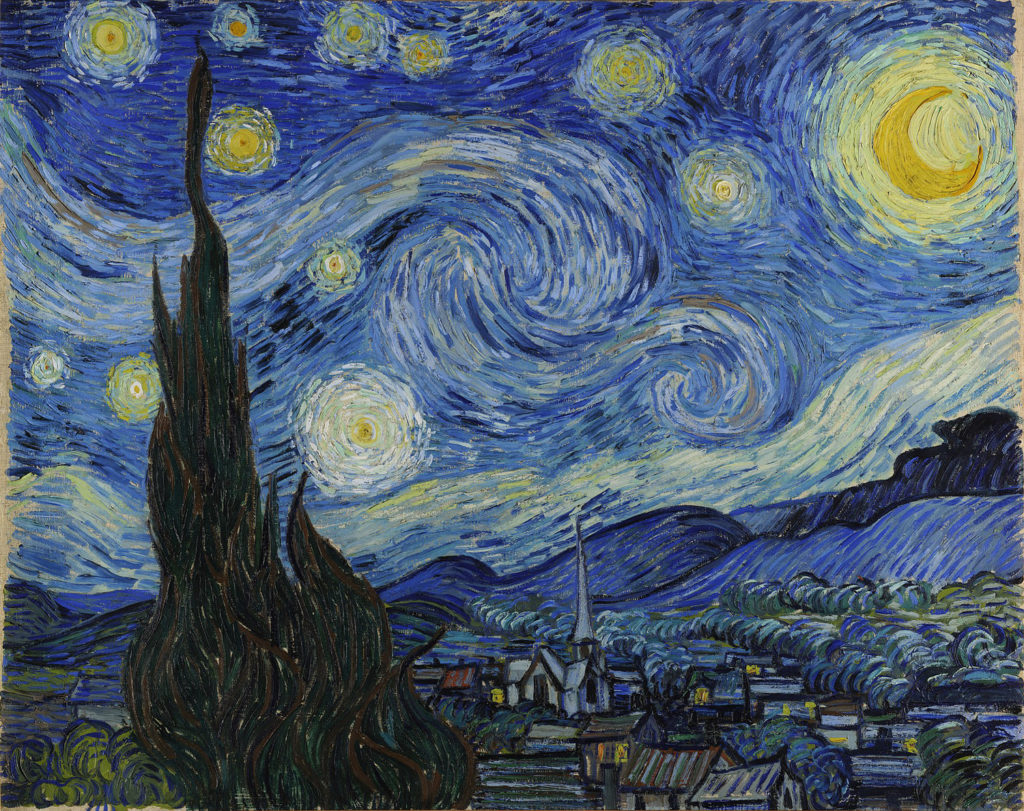Match the Description With the Correct Element or Principle of Art
15 Essentials for Every Art Grade
What if you had the keys to the artistic kingdom? With each of these essentials for making fine art, that is exactly what you accept. Understanding and applying the building blocks of fine art (or the elements and principles of art, as they are often called) is what takes an artist from beginner to master.
In social club to understand, deftly critique, and practise your chosen art form, you need to know the key concepts that it is congenital upon. Familiarity with elements of fine art (like color and line) and principles of fine art (proportion, rhythm, and dissimilarity, among others) is what gives artists that fluency. You can build on these elements and principles with a glossary of art terms to describe art.
With your knowledge of these, you lot volition always exist able to observe the joy and excitement that tin can environment art…and for art lovers, in that location is nothing more highly-seasoned than that.
Related: To start putting these elements and principles to piece of work, download An Artist'south Guide to Composition.
six Elements of Art
Think of the elements of art as the arrows in your quiver or tools in a toolbox. You utilise them individually and in combination for any art making endeavor. For the visual arts, these are visual elements: color, grade, line, shape, space, texture, and value.
1: Color
A three-pronged element of art: hue, value, and intensity.
Hue is the color itself.
Value is the hue's lightness or darkness and changes when white or black is added to it.
Intensity is the attribute of brightness and purity of a color. High intensity colors are bold and bright. Low intensity colors are faint and duller.
Related: How to Speak the Language of Color

Autumn Plowing by Grant Wood
2: Form
For painters and draftsmen, form is the element of fine art that renders a iii-dimensional form in two dimensions. In a lot of ways it is the heart of an fine art object — the grade itself. Information technology can enclose a volume and includes peak, width, and depth. A cube, a sphere, a cylinder and a pyramid are all different forms. Forms can likewise be gradeless — abstracted and free-flowing.
three: Line
Marks made on a surface are known as line. They starting time at a point and move forth, creating space as they go. Lines can be two- or three-dimensional, describing form or the grade itself, unsaid, or abstract. Creating a series of parallel lines to indicate form is a technique known every bit hatching.Crosshatching indicates more than than one set up of these lines laid overtop of each other at angles to model and bespeak tone.
Related: Vincent van Gogh and His Lust for Line
4: Shape
The chemical element of art that is ii-dimensional, flat, or express to tiptop and width. Commonly a shape is enclosed.
5: Infinite
Infinite is the chemical element of art through which both positive and negative areas are defined or a sense of depth is achieved in a work of art.
half dozen: Texture
Texture defines the fashion an art object or an element in a composition feels or looks as if it would feel if touched.
To take a deeper dive, check out seven Tools for Texture in Watercolor.

Chiliad Odalisque by Jean Auguste Dominique Ingres
9 Principles of Art
If the elements of art are your tools, the principles of fine art arehow yous put them to work. It is where the style of art manipulates its substance. Rhythm, harmony, balance, contrast, movement, proportion, and variety are the principles of art.
1: Rhythm
This principle of art describes the movement in or of an artwork. Rhythm is created by the multifariousness and repetition of elements in a piece of work of art that come together to create a visual tempo or beat.
two: Harmony
This is achieved when the elements of an artwork come together in a unified way. Sure element are repeated yet notwithstanding look and experience similar. Non monotony and not chaos, harmony is that perfectly honed combination of both.
iii: Remainder
Artists combine elements to add a feeling of equilibrium or stability to a work of fine art. Symmetry and asymmetry are manifestations of balance.

Starry Night by Vincent van Gogh
iv: Contrast
Areas of dissimilarity are where a viewer'southward eye are usually outset drawn. Artists volition combine elements to stress the differences betwixt those elements.
In the post-obit video, artist Nancy Reyner shows how to critique and improve a painting by calculation contrast and introducing opposites.
v: Movement
Movement is used to create the expect and feeling of action in an artwork. It guides the viewer's centre throughout a piece. A sense of movement can be varied lines, repetition of elements, and gestural marker-making amid many more.
This is the compatible repetition of an element of art or combination of elements. Anything can be turned into a design through repetition.
Within the realm of the elements and principles of art, proportion is the relationship of elements in an artwork to the whole and to one some other.
The principle of art concerned with diversity or contrast is that of variety. Multifariousness is brought almost past using different colors, sizes and shapes in a work of art. It is the partner of unity. Artists seek the balance between the two.
If this guide has been a refresher in the very best of ways, then you know y'all are ready for the next step of your art journeying. Put the elements and principles of art into practice in your next artwork. Make it your best—and something y'all are proud of.
Source: https://www.artistsnetwork.com/art-techniques/composition/15-elements-and-principles-of-art/
Post a Comment for "Match the Description With the Correct Element or Principle of Art"